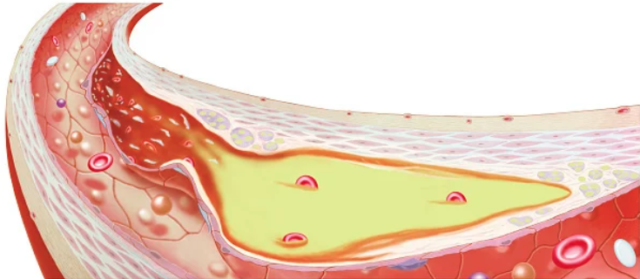cholesterol good and bad

What is cholesterol?
In fact, cholesterol is a product of fat metabolism, which is mostly synthesized in the human body. Its amount depends on nutrition and liver function. Problems begin when a person eats too much fatty foods or when the liver is disturbed.
Fats are different and not only bad, the same applies to cholesterol. To understand that cholesterol is good, let’s see how it can be useful to us.
Why do we need cholesterol?
Cholesterol is important for a person from the first to the last days. Breast milk is rich in cholesterol for the development of the brain of babies, and in adulthood, cholesterol prevents brain aging.
It also affects the production of sex hormones, reproductive, immune and nervous systems. Cholesterol helps the formation of every cell in our body, it provides strength and elasticity to cell membranes.
15% of cholesterol is spent on the construction of new cell membranes. 5% of cholesterol goes to the synthesis of hormones and vitamins. The remaining 80% is processed into bile. The processes of cholesterol production, its processing and utilization occur in the liver.
Reduced cholesterol levels lead to disorders in the sexual and reproductive spheres, inability to conceive, loss of libido, as well as depressive states, digestive disorders, the development of osteoporosis, diabetes, and hemorrhagic stroke.
Bad and good cholesterol
Cholesterol is not found in the human body in its pure form, since cholesterol does not dissolve in the blood. Through the vessels it is “transported” by protein molecules. Since this protein (protein) carries cholesterol (lipids), it is called lipoprotein. Lipoproteins are of two types: low and high density.
So, good or bad cholesterol is determined by the type of protein that transports it.
Low density lipoprotein delivers cholesterol to where our body needs it. However, if there is too much cholesterol, then this lipoprotein begins to stick together into lumps and stick to the walls of the arteries. These accumulations or plaques impede the movement of blood, resulting in inadequate blood supply to tissues and organs. Breaking away from the walls of blood vessels, plaques form into blood clots.
Depending on where the thrombus is formed, it provokes heart attacks (if in the coronary arteries), strokes (if in the vessels of the brain), inflammation (if in the veins of the internal organs and limbs). Therefore, low-density lipoprotein is bad cholesterol.
High-density lipoprotein is good cholesterol, because its task is to take excess cholesterol from the body and send it to the liver, where it will be destroyed and then removed from the body. High levels of good cholesterol reduce the risk of plaque buildup in the arteries and heart disease.
If your numbers are higher, here’s what you need to do to lower your cholesterol:
- Switch from “bad” fats to good ones
- Add fiber foods to your diet
- Add regular workouts